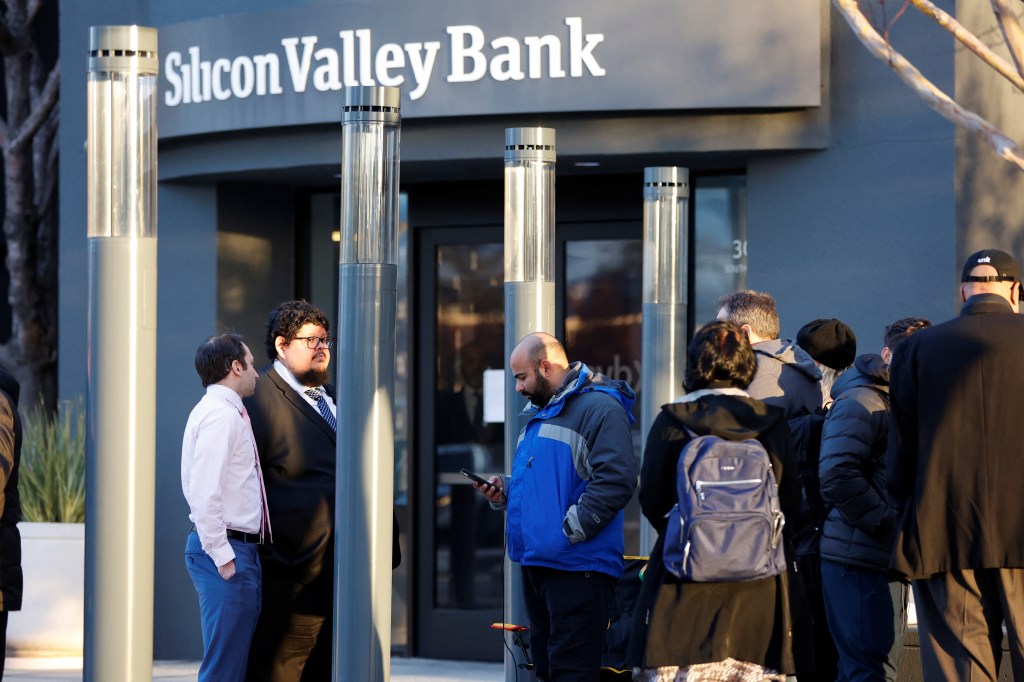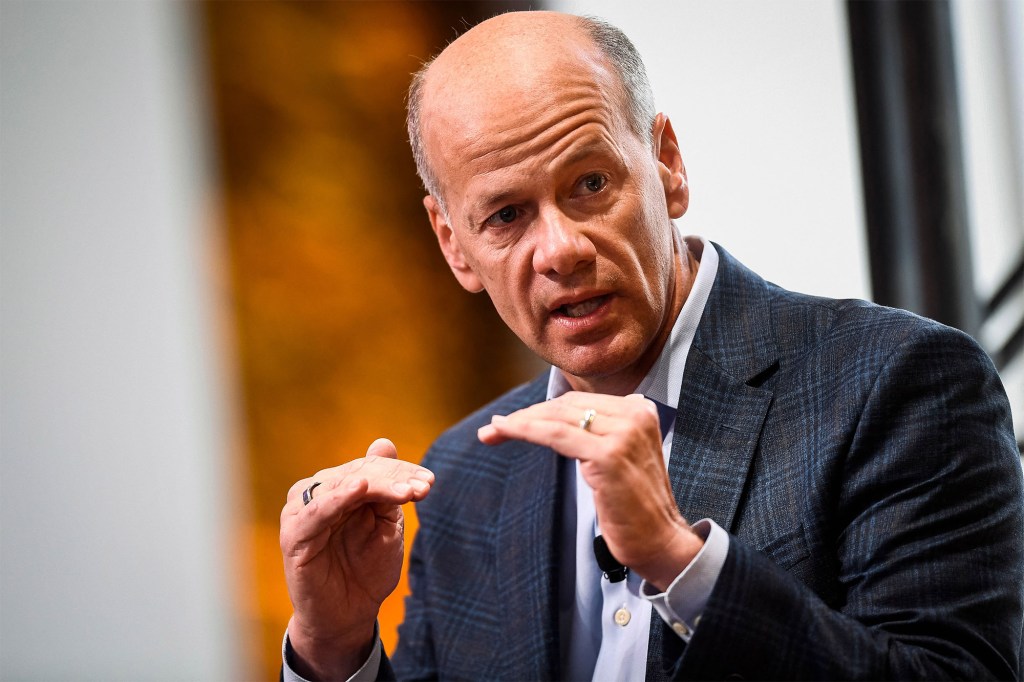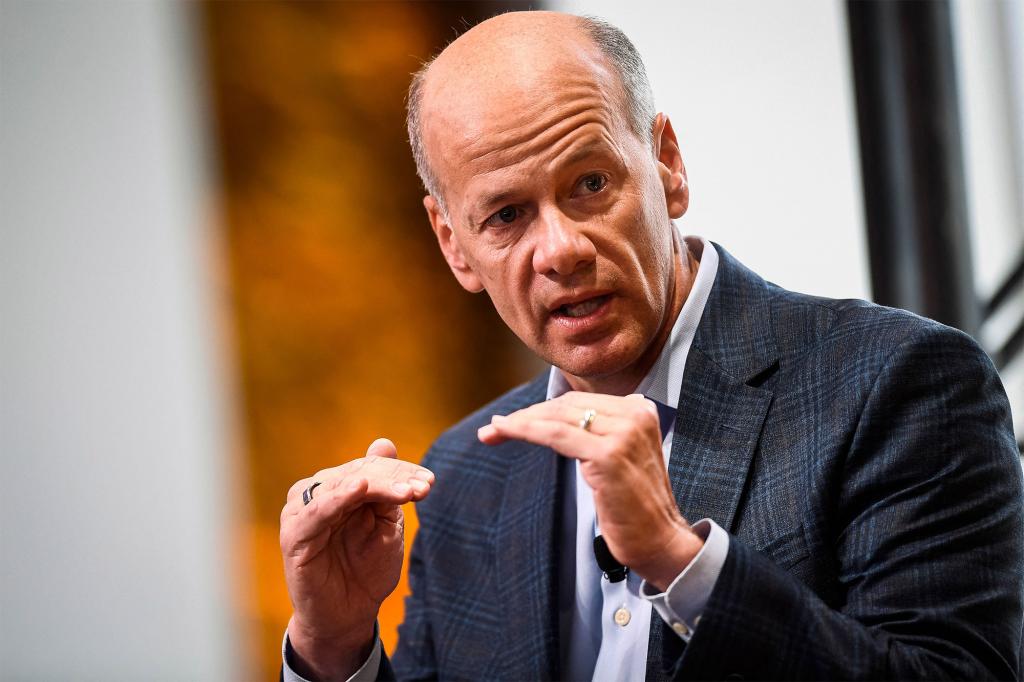A timeline of Silicon Valley Bank’s collapse: How it all unfolded
Contact The Author
The swift collapse of Silicon Valley Bank sent shock waves through the US financial system over the weekend — with many wondering how the nation’s 16th-largest lender, which catered to thousands of innovative tech startups, could fail so spectacularly.
Before last week, SVB had $209 billion of assets under management. Its fall qualifies as the second-largest bank failure in US history.
The COVID pandemic
The roots of the bank’s failure can be traced to the early days of the coronavirus pandemic, when the Federal Reserve kept interest rates near zero in order to stimulate growth during a period of severe economic contraction.
The technology sector benefited handsomely from the cheap money that was sloshing around and fueling sky-high valuations that analysts warned may have been exaggerated.
SVB was one of the primary beneficiaries of the bonanza. In 2021, venture capital-backed startups raised an eyepopping total of $330 billion — double the amount from the previous year.
In just one year, SVB saw a 100% increase in the amount of money deposited into its accounts.
In 2018, SVB had $49 billion in deposits. By the end of 2020, that number had doubled to $102 billion. In 2021, the bank was holding $189.2 billion.
By the end of 2022, the number had shrunk slightly to $175.4 billion as clients got socked by a weak market for initial public offerings. Most recently, more than 90% of the bank’s deposits were above the $250,000 federal insurance threshold.
SVB had invested the cash into higher-yield, long-term mortgage-backed securities and bonds. When the Fed hiked interest rates, however, the value of those investments plummeted.
Given the falling revenues in the technology sector in recent months, the bank struggled to plug the gaping hole in its balance sheet.
November 2022
JPMorgan warned that Silicon Valley Bank’s “$16 billion unrealized losses” could pose a serious risk, according to an analyst report reviewed by The Post.
Feb. 27, 2023
Greg Becker, the CEO of SVB, sold $3.6 million worth of company stock less than two weeks before the firm revealed the extent of its losses.
Becker unloaded 12,451 shares — the first time in more than a year that the CEO sold shares of parent company SVB Financial Group, according to regulatory filings.
Goldman Sachs hired
Moody’s Investors Service, the risk management agency, told SVB executives that it was preparing to downgrade its credit rating.
The notice from Moody’s compelled SVB to turn to Wall Street investment giant Goldman Sachs in hopes of putting together a plan to raise equity and assuage investors who were spooked by liquidity fears, according to Insider.
March 8
Goldman’s efforts weren’t successful — and they weren’t helped by a disastrous conference call last Thursday that the CEO held with clients.
Becker looked to calm tech investors and entrepreneurs, who he acknowledged were “starting to panic.”
“My ask is to stay calm because that’s what is important,” Becker told listeners on the call.
“We have been long-term supporters of you — the last thing we need you to do is panic.”
That same day, SVB said it would raise $2.25 billion following a $1.8 billion after-tax loss in various bets on securities.
March 9
SVB’s cash crunch and attempts to calm investors were widely reported by the news media. The bank then announced it was trying to sell itself — with no success in finding buyers.
March 10
The Federal Deposit Insurance Corp. seized SVB’s assets, marking the largest bank failure since Washington Mutual during the height of the 2008 financial crisis.
The bank failed after depositors — mostly technology workers and venture capital-backed companies — began withdrawing their money, creating a run on the bank.
March 12
Financial regulators shut down New York-based commercial lender Signature Bank, even as President Biden defended the government’s actions and said taxpayers wouldn’t foot the bill for the rescue.
The federal government announced a plan to safeguard depositors’ money and make them whole while pledging it would not come at the expense of taxpayers.







